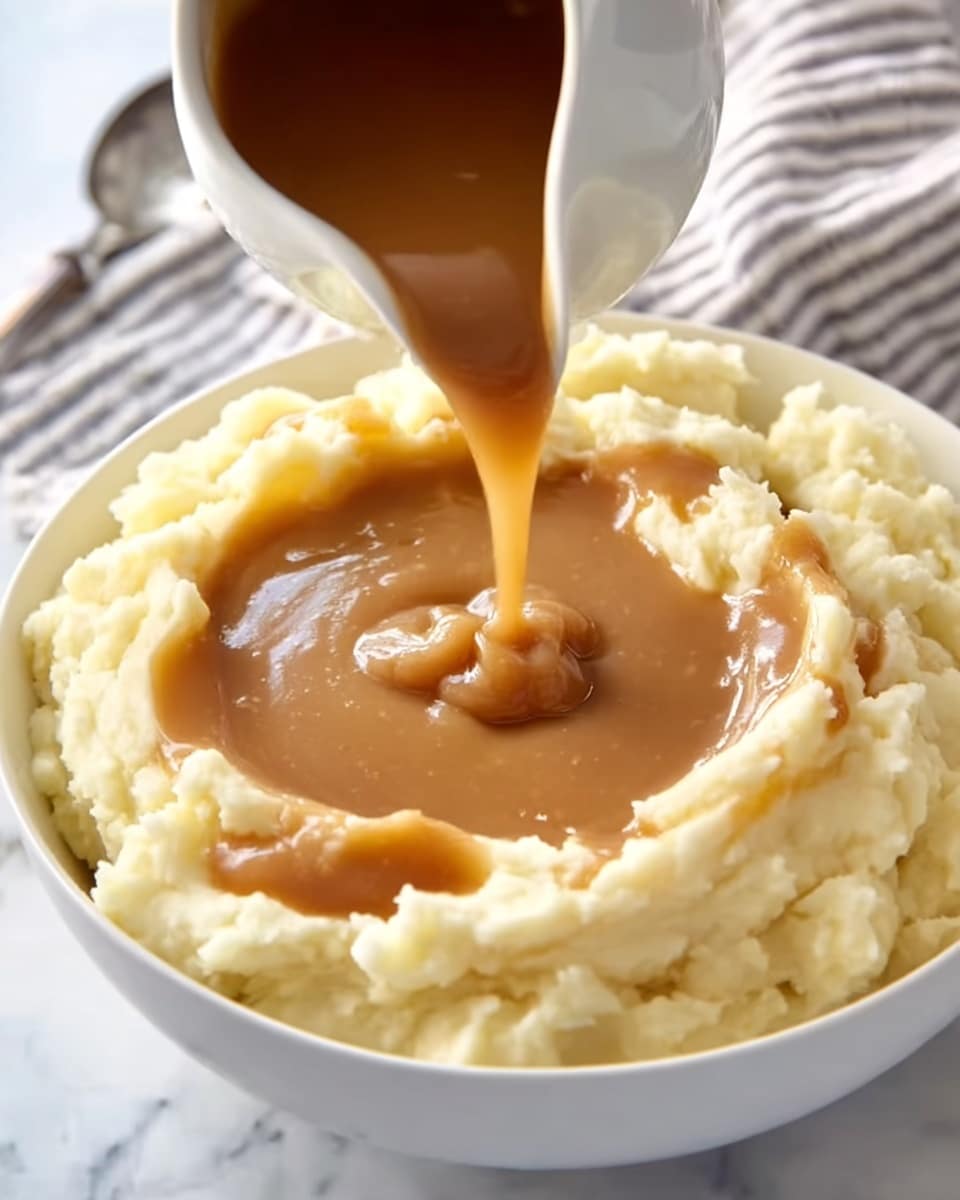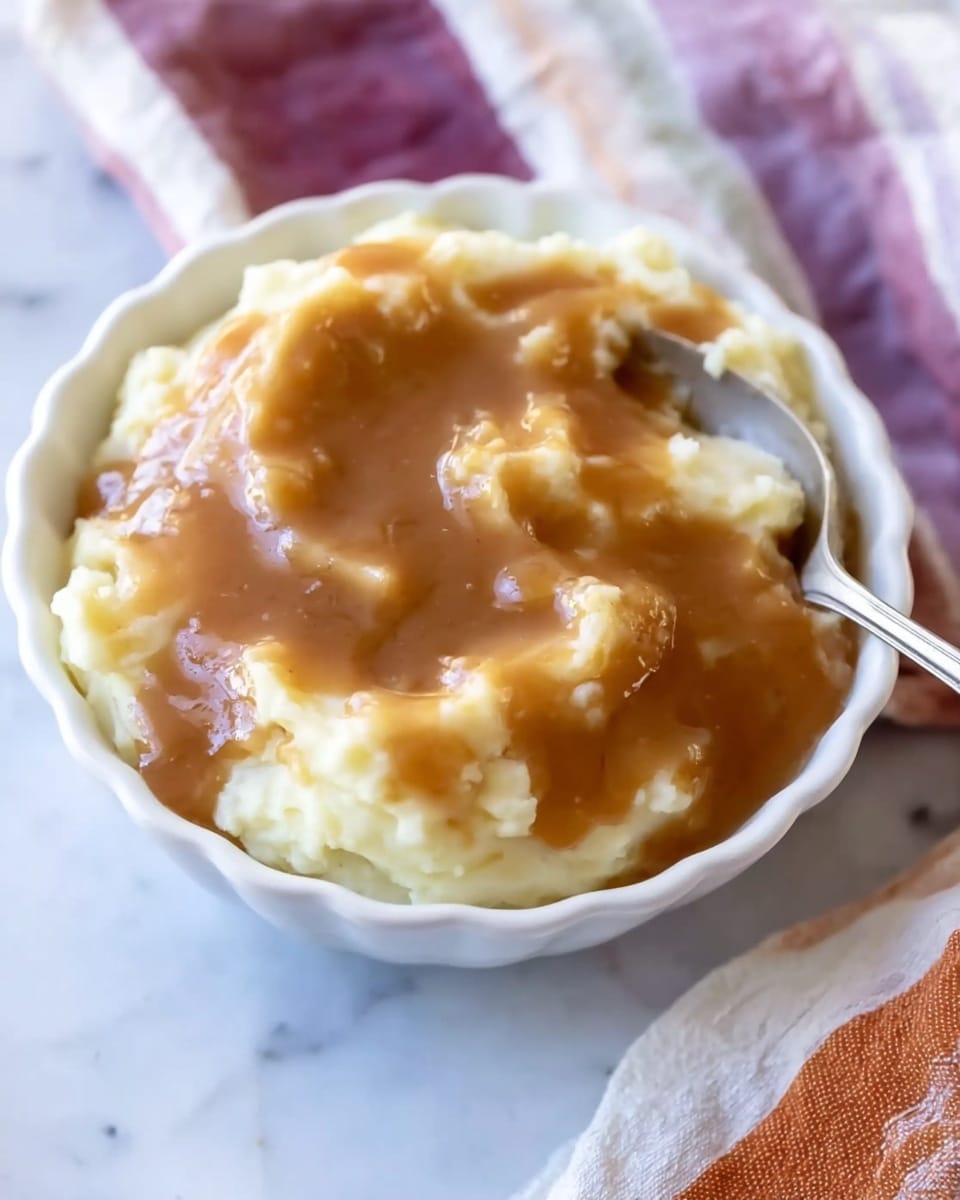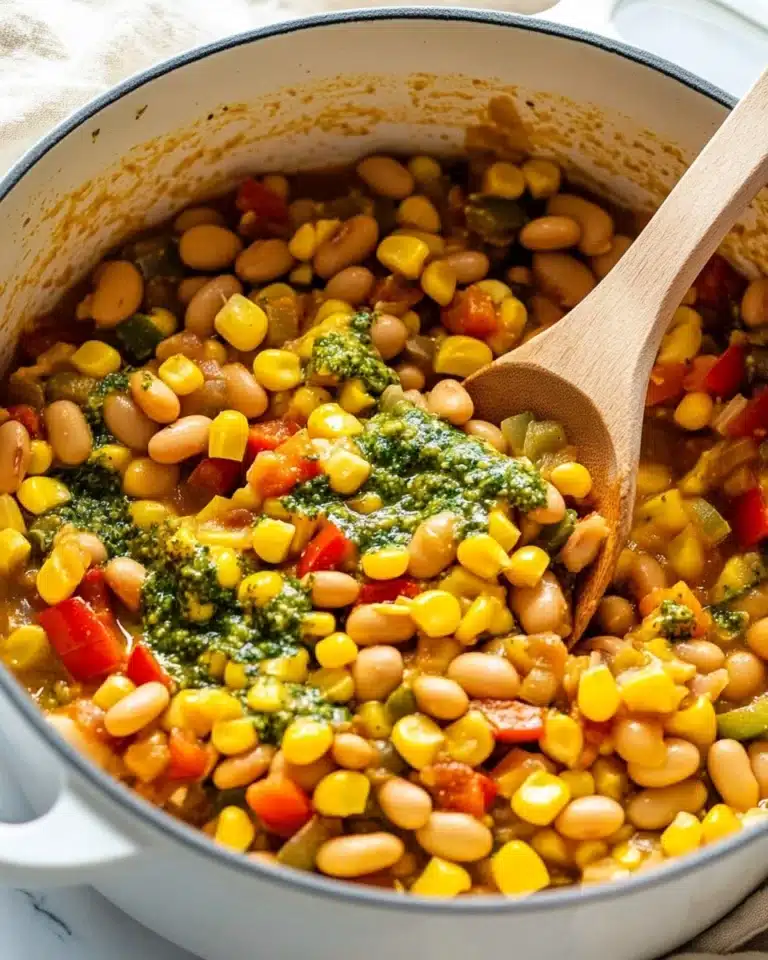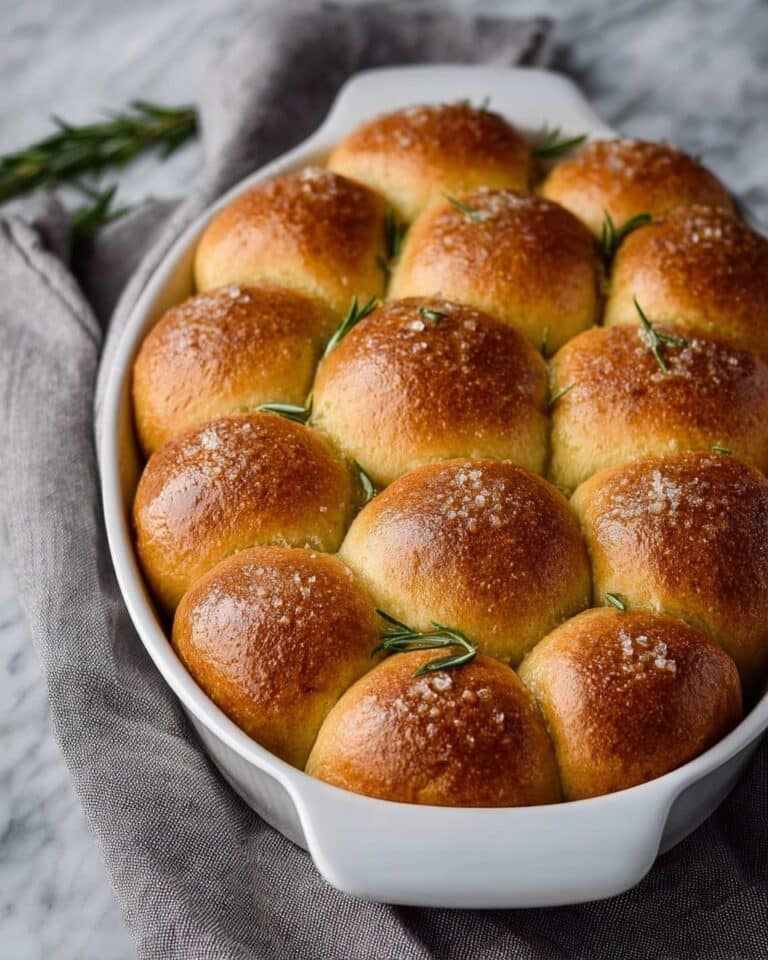If you’ve ever found yourself staring at a bland, watery gravy and wondering how to fix it, I totally get it—and I’m here to help. I’m about to share The Best Homemade Gravy Recipe that will forever change how you dress up your meals. It’s rich, silky, and absolutely foolproof once you get the hang of it. Trust me, after trying this, your homemade gravy game will soar, and your family will keep asking for seconds (or even thirds!).
Why You’ll Love This Recipe
- Rich Flavor: Using butter and broth gives it a deep, comforting taste you won’t find in store-bought versions.
- Perfect Texture Every Time: The secret is a golden roux cooked just right, yielding a smooth, velvety gravy.
- Super Versatile: Whether you’re serving turkey, roast beef, or mashed potatoes, it fits in perfectly.
- Simple Ingredients: Pantry staples you probably already have, making it easy and quick to whip up.
Ingredients You’ll Need
The magic of The Best Homemade Gravy Recipe is really in the quality and combination of its few simple ingredients. Each one plays a vital role, so I like to pick good-quality butter and a flavorful broth. If you have drippings from your roast, I’ll share a tip on that too!
- Broth or stock: Low-sodium is best so you can control the saltiness; using warm broth helps the gravy smooth out beautifully.
- Butter: Unsalted is preferable because it lets you season precisely, plus it adds rich creaminess.
- All-purpose flour: This is your thickening agent—don’t pack the flour into the cup, just scoop it loosely to keep the roux consistency right.
- Bouillon paste (optional): If you want an extra punch of umami, this is a game-changer and blends seamlessly.
- Salt and pepper: Crucial for balancing flavors; I always season at the end to taste because broths vary in saltiness.
Variations
I like to tweak The Best Homemade Gravy Recipe to suit whatever meal I’m serving or my mood in the kitchen. Don’t be shy—customizing is part of the fun and helps make every gravy batch uniquely yours.
- Using Pan Drippings: When available, I substitute half the broth with drippings from roast meat—this amps up flavor beautifully and adds a lovely meaty depth.
- Herb-Infused Gravy: Sometimes I stir in a pinch of fresh thyme or rosemary while making the roux; it adds a subtle earthiness that pairs well with poultry.
- Vegetarian Friendly: Swap the broth for a rich vegetable stock and skip the bouillon paste for a hearty, plant-based gravy.
- Spicy Kick: For a little punch, add a dash of cayenne or smoked paprika at the end—it’s unexpected but delicious.
How to Make The Best Homemade Gravy Recipe
Step 1: Warm Your Broth Beforehand
Start by heating your broth or stock until steaming, either gently on the stove or in the microwave. Warm broth is a little secret I learned that helps the gravy come together silky smooth without lumps—it prevents the fat from seizing up when you add liquids to your roux.
Step 2: Make a Golden Roux
In a medium saucepan over medium heat, melt your butter fully, then sprinkle in the flour. Whisk constantly for 4 to 5 minutes until your roux gets a warm, golden brown color and smells nutty but not burnt. This step is key—you’re developing flavor right here, so don’t rush it! A few moments of patience make all the difference.
Step 3: Slowly Add Warm Broth While Whisking
Now for the trickiest yet most rewarding part: ladle in about half a cup of the warm broth at a time, whisking constantly and briskly. The mixture may look crumbly or curdled at first, which freaked me out the first time I tried it, but I promise it’s normal. Just keep whisking—you’re coaxing the gravy into that perfect silky texture.
Step 4: Simmer and Season to Perfection
Once you’ve added all the broth, bring the gravy to a gentle simmer, whisking for 3 to 4 minutes until it thickens and feels smooth. Now comes the fun part: seasoning! Add salt and pepper to your taste, remembering that the butter and broth already have some salt. If it gets too thick, just whisk in a little more broth or even water until it’s just right.
Pro Tips for Making The Best Homemade Gravy Recipe
- Don’t Skip Warming the Broth: Adding cold liquid to your roux causes lumps—trust me, I learned this the hard way!
- Constant Whisking is Your Friend: It prevents sticking and ensures a smooth, lump-free gravy every time.
- Taste As You Go: Because broths vary, adjusting salt and pepper at the end makes all the difference in flavor balance.
- Avoid High Heat: Cooking on medium allows better control and prevents scorching your roux or gravy.
How to Serve The Best Homemade Gravy Recipe
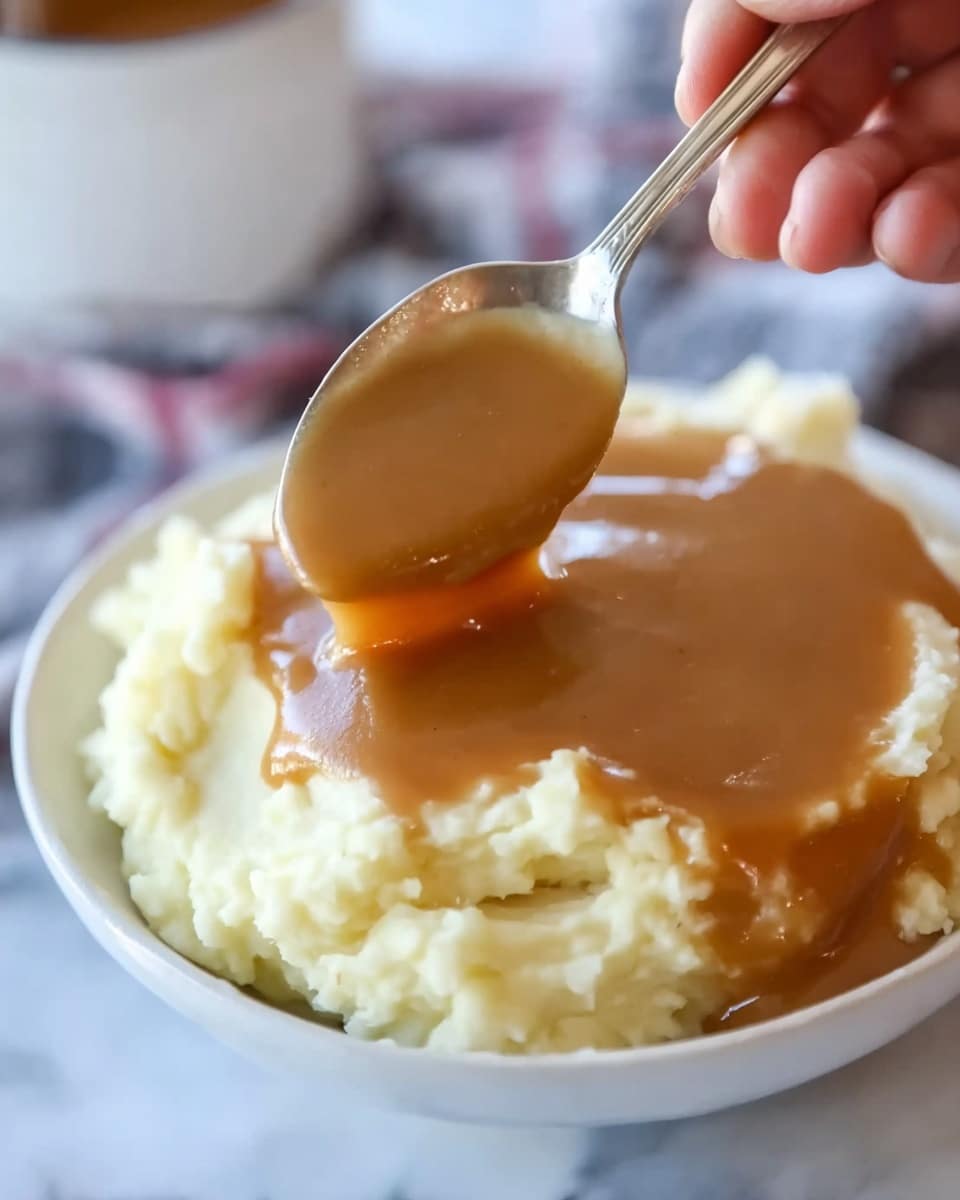
Garnishes
I usually keep garnishes simple with a sprinkle of freshly cracked black pepper or a few chopped fresh herbs like parsley or thyme—it adds a bright pop of color and freshness against the gravy’s rich base. If you want to get fancy, a drizzle of browned butter on top is a heavenly touch.
Side Dishes
My go-to pairings with this gravy are classic mashed potatoes, roasted turkey or chicken, and even simple steamed vegetables. Occasionally, I pour it over stuffing or biscuits for a perfect comfort-food hug on a plate.
Creative Ways to Present
For special occasions, try serving the gravy in a beautiful gravy boat or a small pitcher at the table, letting guests drizzle to their liking. Another fun idea I’ve used is swirling in a little sour cream or crème fraîche for a tangy twist right before serving.
Make Ahead and Storage
Storing Leftovers
I store leftover gravy in an airtight container in the fridge, where it keeps great for up to 3 days. Since gravy thickens as it cools, I usually add a splash of broth or water when reheating to loosen it back up without losing flavor.
Freezing
Freezing gravy works well too! I let it cool completely, then portion it into freezer-safe containers or bags. It keeps nicely for about 2 months. When you’re ready, thaw overnight in the fridge and reheat gently on the stove, whisking in a bit of broth to bring back that perfect pourable consistency.
Reheating
For reheating, low and slow is key to avoid scorching. I warm the gravy in a small saucepan over low heat, whisking often—this helps restore the smooth texture. If it’s too thick, a splash of broth or water will fix it right up.
FAQs
-
Can I use pan drippings instead of broth for The Best Homemade Gravy Recipe?
Absolutely! Incorporating pan drippings from roast meat adds incredible depth of flavor. You can replace up to half the broth with warm drippings, just be sure to skim off excess fat to avoid greasy gravy and add salt cautiously since drippings can be salty.
-
Why does my gravy get lumpy and how do I fix it?
Lumps usually happen when cold liquid is added too quickly to the roux or whisking isn’t constant. To prevent lumps, always add warm broth gradually while whisking vigorously. If lumps do form, try straining the gravy or use an immersion blender to smooth it out.
-
Can I make this gravy gluten-free?
You can! Substitute the all-purpose flour with a gluten-free flour blend or cornstarch mixed with a little cold water (slurry) to thicken. Adjust the cooking method slightly—stir in cornstarch slurry at the end and simmer until thickened.
-
How do I store leftover gravy?
Store the gravy in an airtight container in the fridge for up to 3 days. When reheating, warm gently while whisking and add a splash of broth if it’s too thick. You can also freeze gravy for up to 2 months in freezer-safe containers.
Final Thoughts
Making The Best Homemade Gravy Recipe has truly been a game changer for me in the kitchen—it’s the difference between a so-so meal and something special that brings everyone to the table smiling. I love how simple ingredients come together to create this luscious sauce that elevates everything from weeknight dinners to holiday feasts. Give it a try next time—you’ll enjoy the process and the delicious results just as much as I do!
Print
The Best Homemade Gravy Recipe
- Prep Time: 10 minutes
- Cook Time: 20 minutes
- Total Time: 30 minutes
- Yield: 12 servings (about 1/2 cup each)
- Category: Sauce
- Method: Stovetop
- Cuisine: American
Description
This classic homemade gravy recipe delivers a rich, silky smooth sauce perfect for enhancing your favorite dishes. Made from simple ingredients like broth, butter, and flour, it’s easy to prepare and customizable according to your taste preferences. Whether using low-sodium stock or drippings from your roast, this gravy provides an ideal balance of flavor and texture, perfect for family meals or holiday feasts.
Ingredients
Gravy Ingredients
- 4 cups broth or stock, preferably low-sodium (see note for how to use drippings)
- 10 tablespoons butter
- 2/3 cup all-purpose flour (approximately 10 tablespoons, do not pack)
- 1 tablespoon bouillon paste (optional – see note)
- Salt and pepper to taste
Instructions
- Warm the Broth: Warm the broth or stock in a saucepan or microwave until steaming and keep it warm while preparing the roux to ensure smooth incorporation.
- Make the Roux: Melt the butter in a medium saucepan over medium heat. Add the flour and cook, whisking constantly for 4 to 5 minutes, until the roux turns golden brown. Stir in the bouillon paste if you are using it to enhance flavor.
- Incorporate the Broth: Whisking constantly and quickly, slowly ladle in the warm broth about 1/2 cup at a time. Make sure each addition is fully blended before adding more. The mixture may look crumbly or curdled at first—this is normal, so keep whisking.
- Simmer and Thicken: After adding all the broth, simmer the gravy for 3 to 4 minutes while whisking constantly until it thickens and becomes silky smooth. Season with salt and pepper to taste, adjusting for the saltiness of your butter and broth.
- Serve or Store: Serve the gravy immediately or keep it warm for later use. Note that the gravy will thicken further as it cools, so thin with additional broth if needed before serving.
Notes
- For a richer flavor, use drippings from roasted meat instead of broth. To do this, skim excess fat from drippings, then add warm water or broth to reach 4 cups.
- Bouillon paste is optional but can intensify the taste.
- Do not pack the flour when measuring; lightly spoon into the cup for accuracy.
- If the gravy thickens too much when cooled, whisk in more warm broth to reach the desired consistency.
- Stir constantly while making the roux to avoid burning and clumping.
Nutrition
- Serving Size: 1/2 cup gravy
- Calories: 120 kcal
- Sugar: 0.03 g
- Sodium: 105 mg
- Fat: 10 g
- Saturated Fat: 6 g
- Unsaturated Fat: 4 g
- Trans Fat: 0 g
- Carbohydrates: 5 g
- Fiber: 0.2 g
- Protein: 4 g
- Cholesterol: 25 mg

